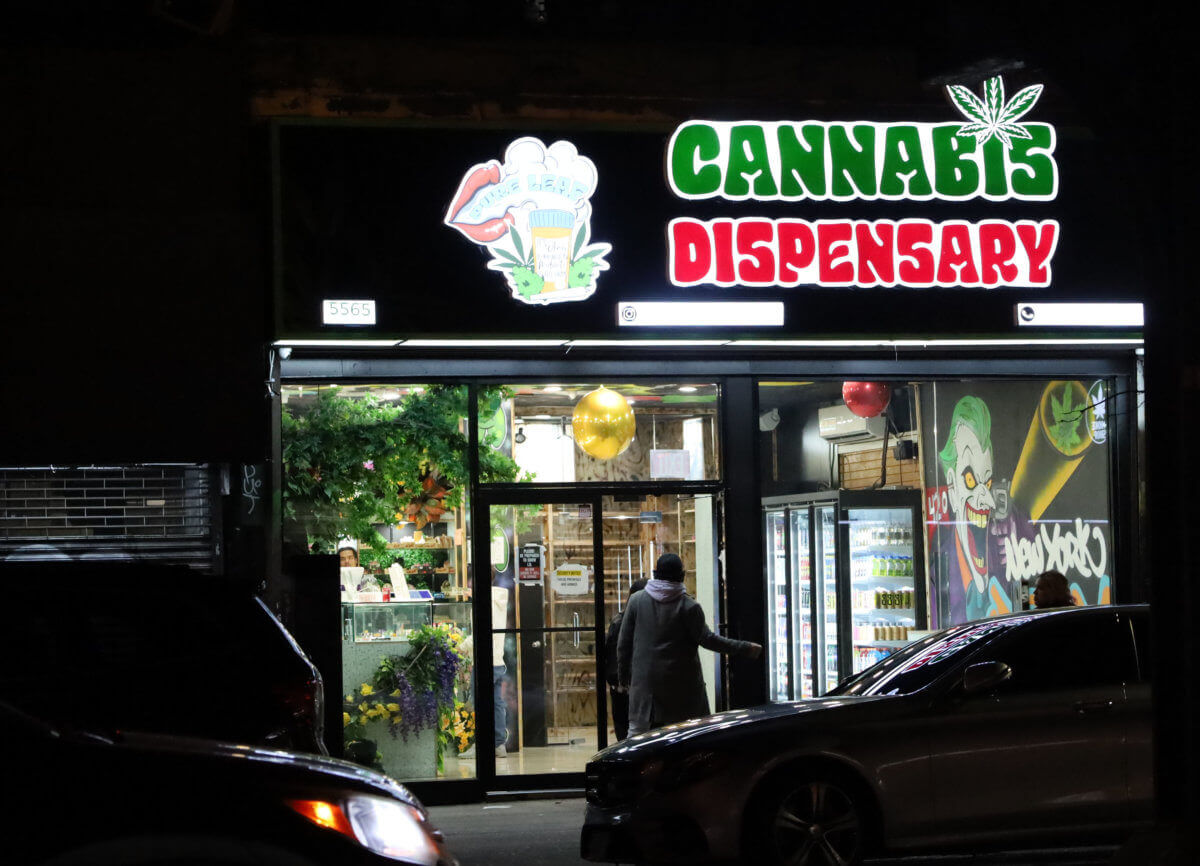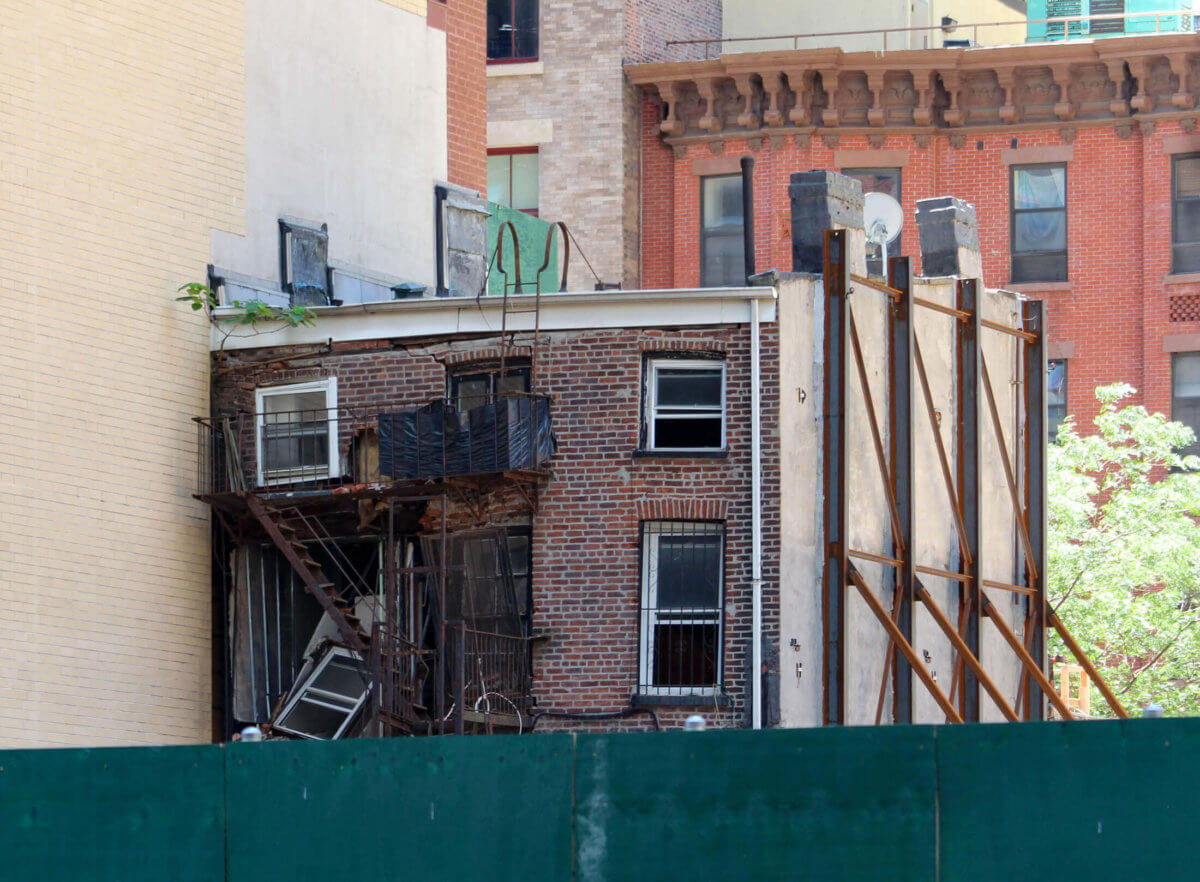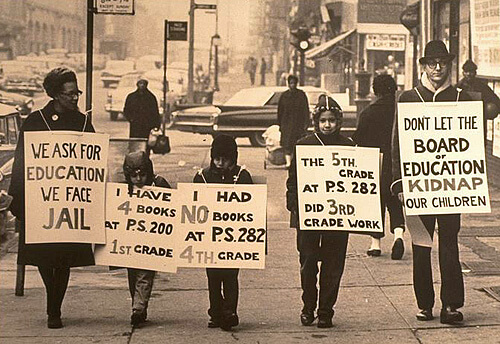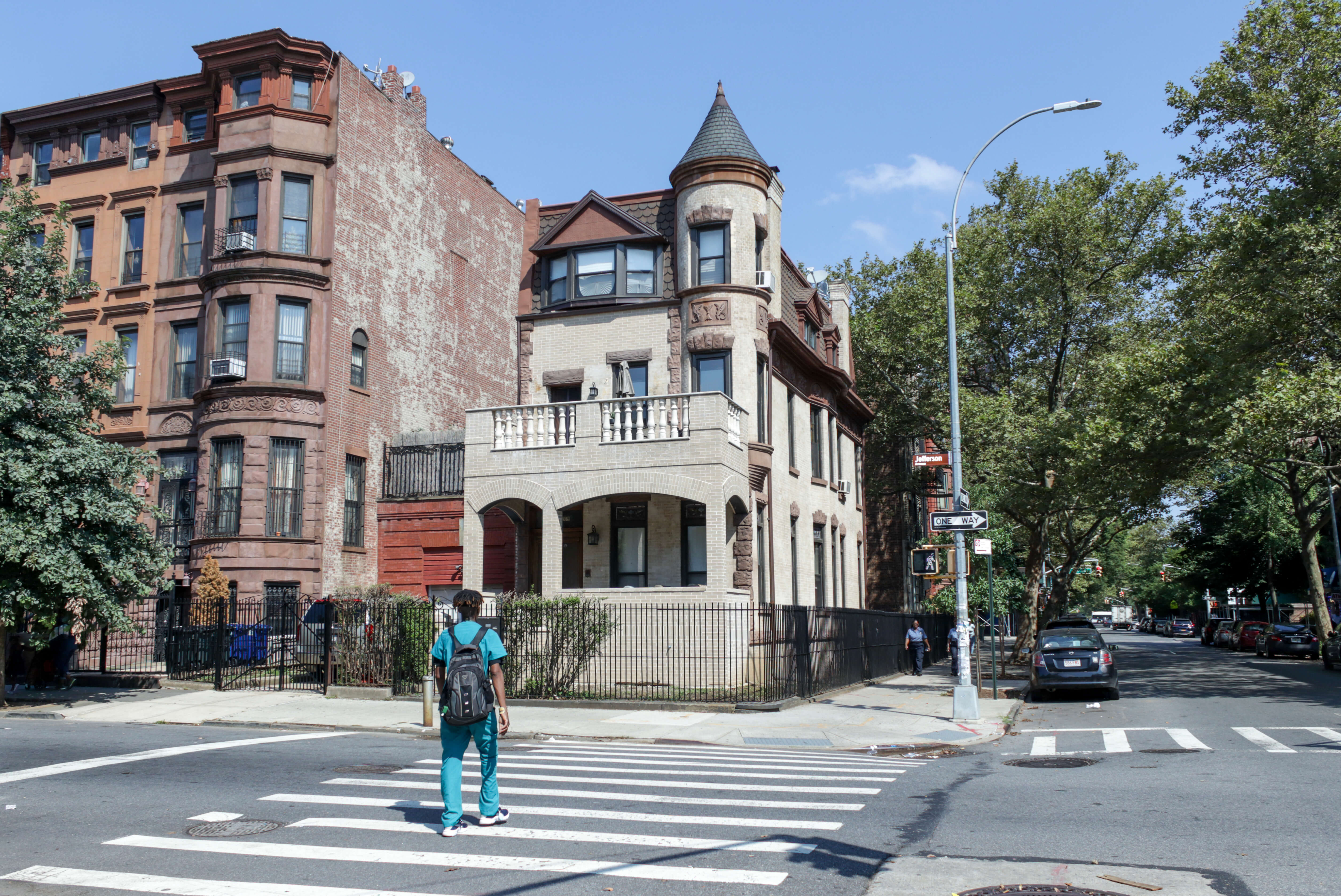Greenmarket a Buy Signal in Bushwick?
So, is the arrival of a green market in Bushwick one of those pivotal events in a neighborhood’s evolution? We can’t think of a better barometer of impending gentrification. For a Scrappy Neighborhood, the Scent of Farm Fresh [NY Times]

So, is the arrival of a green market in Bushwick one of those pivotal events in a neighborhood’s evolution? We can’t think of a better barometer of impending gentrification.
For a Scrappy Neighborhood, the Scent of Farm Fresh [NY Times]









For the record, this is not a “Greenmarket” as defined by NYC Council on the Environment; it is a community led effort, female driven and culturally defined to address the alarmingly rates of obesity, diabetes, heart disease and PREMATURE DEATHS from PREVENTABLE conditions that people of color – and more specifically Black, Brown & Spanish speaking people in NYC face every day.
Our lives are at risk!
Absent of informed and responsible leadership in government & health policy, we had to be pro-active about bringing healthier foods to our “scrappy neighborhood”. After all, we live in a borough that promotes eating gourges in the face of sky rocketing obesity statistics.
We remain Community Vision Council; our aim is “Saving lives…”
I am a third generation Brooklyn native doing all I can, by any means…
Any yuppies notice the absence of Black farmers at Greenmarkets. We did!!!
Good food costs more not just in terms of money but time — time to shop for and prepare healthful, high-quality foods from scratch, or money to pay someone to prepare them for you. This is an oversimplified answer but I think one can only blame education so much — however health-sophisticated people are, there’s pretty broad awareness that junk food is bad for you.
Judging by the waistlines in some poorer neighborhoods, I have to wonder how the education/income correlations extend to nutritional knowledge. Poorer people seem to make poorer choices about food, even where choosing better food is within their means. Is it the fault of an under funded and neglected education system, where schools are sponsored by beverage and fast food corporations ?
There’s a simple solution to the burgeoning obesity crisis: eat good food. Too fat? change your diet. Don’t eat processed food.
True, as the article says, the organic farmers market tomatoes cost more than the factory-farmed deli tomato from who-knows-where. But eating good local food that isn’t trucked thousands of miles pays off in the long run: both for the consumer and society as a whole.
There’s more to a neighborhood than a collection of Brownstones, and it is essential that we foster and encourage urban connections with local regional farmers. It’s great to see this in Bushwick, and efforts like the Sustainable Gardening in Redhook ( http://brownstoner.com/brownstoner/archives/2005/06/sustainable_dev_1.html ).
These efforts need our support. Yes, you. Go out of your way to support this.
(Now, if only the Green Markets had the advertising power of McDonalds . . . )
I worked for Greenmarket in the summers of 1990 and 1991 — there was a big effort then, which presumably still holds, to bring affordable produce to poor neighborhoods due to the lack of decent selection in the areas’ grocery stores.
There were markets in the Bronx (on Tremont) and in Harlem (at the State Office building on 125th) … though Harlem has gentrified some since then, I don’t think the Greenmarket had much to do with it.
The Greenmarket, while loved by yuppies, has a real social mission — supporting small family farms upstate and bringing fresh produce to urban areas. Sounds corny, but it attracted a lot of real diehard environmentalists due to the lefty politics of the workplace.